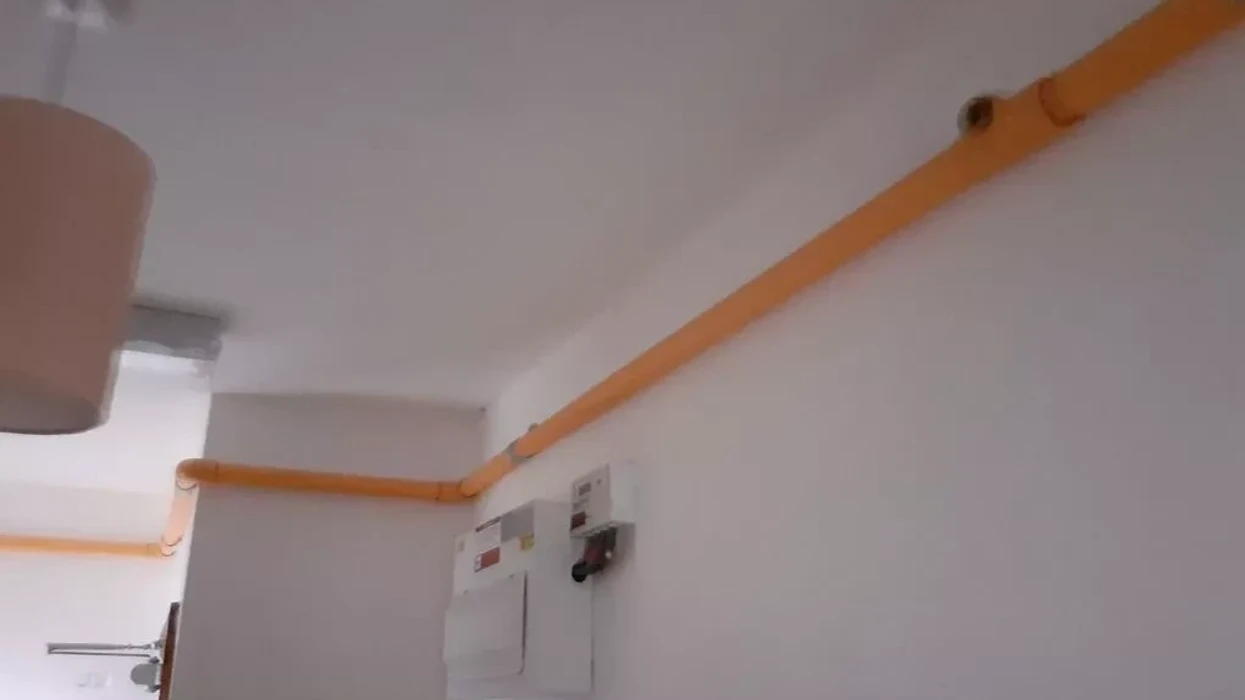At least 80 people were killed and hundreds wounded on Wednesday (31) when a massive truck bomb ripped through Kabul's diplomatic quarter, bringing carnage to the streets of the Afghan capital just days into the Muslim holy fasting month of Ramadan.
Bodies littered the scene and a towering plume of smoke rose from the highly-fortified area, which houses foreign embassies, after the powerful blast in the morning rush hour blew out the windows of missions and residences.
A Western diplomatic source said the vehicle was a water tanker stuffed with more than 1,500 kilogrammes of explosives and left a seven-metre deep crater at the scene.
Rescue workers were digging bodies from the rubble hours after the explosion. Dozens of damaged cars choked the roads as wounded survivors and panicked schoolgirls sought safety. Men and women struggled to get through security checkpoints to search for loved ones.
It was not immediately clear what the target was. But the attack underscores spiralling insecurity in Afghanistan, where a military beset by soaring casualties and desertions is struggling to beat back insurgents. Over a third of the country is outside government control.
"Unfortunately the toll has reached 80 martyred (killed) and over 300 wounded, including many women and children," said health ministry spokesman Waheed Majroh, adding the figures would continue to climb as more bodies are pulled from the debris.
There was no immediate claim of responsibility for the attack, slammed by president Ashraf Ghani as a "war crime". The Taliban -- currently in the midst of their annual "spring offensive" -- tweeted that they were not involved and "strongly condemn" the blast.
The insurgent group rarely claims responsibility for attacks that kill large numbers of civilians.
The Islamic State group has claimed responsibility for several recent bombings in the Afghan capital, including a powerful blast targeting a NATO convoy that killed eight people earlier this month.
NATO said the bomb was a VBIED, or vehicle-borne improvised explosive device, which detonated near Kabul's Zanbaq Square at 8.22am.
"The vigilance and courage of Afghan security forces prevented the VBIED from gaining entry to the Green Zone, but the explosion caused civilian casualties," the alliance's Resolute Support mission in Afghanistan said in a statement.
The explosion damaged a number of embassies in the area, which houses diplomatic and government buildings and is a maze of concrete blast walls, vehicle barriers and armed security guards.
German foreign minister Sigmar Gabriel said the "despicable" attack killed an Afghan guard from the German embassy, and added that some employees had been injured, though he did not give further details.
He said the bomb had detonated "in the immediate vicinity" of the German embassy.
The BBC said its Afghan driver Mohammed Nazir was killed and four of their journalists wounded. Local TV channel Tolo TV also tweeted that its staff member Aziz Navin was killed.
Manpreet Vohra, India's envoy to Afghanistan, told media the bomb went off around 100 metres from India's embassy. All staff were safe, he said, though the blast left "considerable damage", including shattered windows.
The explosion also blew in windows at the Japanese embassy, leaving two staffers with mild injuries, a foreign ministry official in Tokyo said.
France, Turkey, the United Arab Emirates and Bulgaria similarly reported damage to their embassies, while India and Pakistan joined in international condemnation of the blast.
The NATO statement, which praised the "courage" of Afghan forces, slammed the attack as "barbaric".
"It ... highlights the hypocrisy of the enemy who claim that they only target Afghan Security Forces and Foreign forces, yet continue to cause death and suffering amongst innocent Afghans," it said.
US ambassador to Afghanistan Hugo Llorens issued a scathing statement condemning the "complete disregard for human life", saying those behind the attack deserved our "utter scorn".
Amnesty International warned that it "shows that the conflict in Afghanistan is not winding down but dangerously widening, in a way that should alarm the international community".
Wednesday's blast was the latest in a long line of attacks in Kabul. The province surrounding the capital had the highest number of casualties in the country in the first three months of 2017 due to multiple attacks in the city, with civilians bearing the brunt of the violence.
Pentagon chief Jim Mattis has warned of "another tough year" for both foreign troops and local forces in Afghanistan.
Afghan troops are backed by US and NATO forces, and the Pentagon has reportedly asked the White House to send thousands more soldiers to break the deadlock in the battle against the Taliban.
US troops in Afghanistan number about 8,400 now, and there are another 5,000 from NATO allies. They mainly serve in an advisory capacity -- a far cry from the US presence of more than 100,000 six years ago.
















 Kulsuma Aktergetty images
Kulsuma Aktergetty images
Police may probe anti-Israel comments at Glastonbury